Community resources for plastic regulations
B.C. is taking action to prevent single-use plastics and reduce waste. This action includes the Single-Use and Plastic Waste Prevention Regulation. Find out what you can do to help reduce the amount of plastic waste across B.C.
On this page
Things you can do to reduce plastic waste
Every day, you can take action to help reduce plastic waste:
- Choose reusable options. For example, carry a cup or bring a bag
- Avoid single-use food service accessories. If you need a disposable item, like a wooden fork or straw, choose only what you’ll use
- Pick products with less packaging. For example, buy loose fruits and vegetables
- Reuse packaging before recycling it
Alternatives to single-use plastics
Looking for alternatives for single-use items? Our guides can help.
Gathering guide
The Zero waste gatherings guide (PDF, 774KB) was developed in partnership with the Indigenous Zero Waste Technical Advisory Committee for Indigenous communities hosting gatherings. In the guide you can find:
- Information on options for less waste
- Funding opportunities to support Indigenous-led projects reducing waste
Alternatives guide
The Alternatives to single-use plastics guide (PDF, 335 KB) can help you find alternatives to single-use items whether you are at home or hosting an event. Our guide directs you to the options that are best for our environment.
Drinks
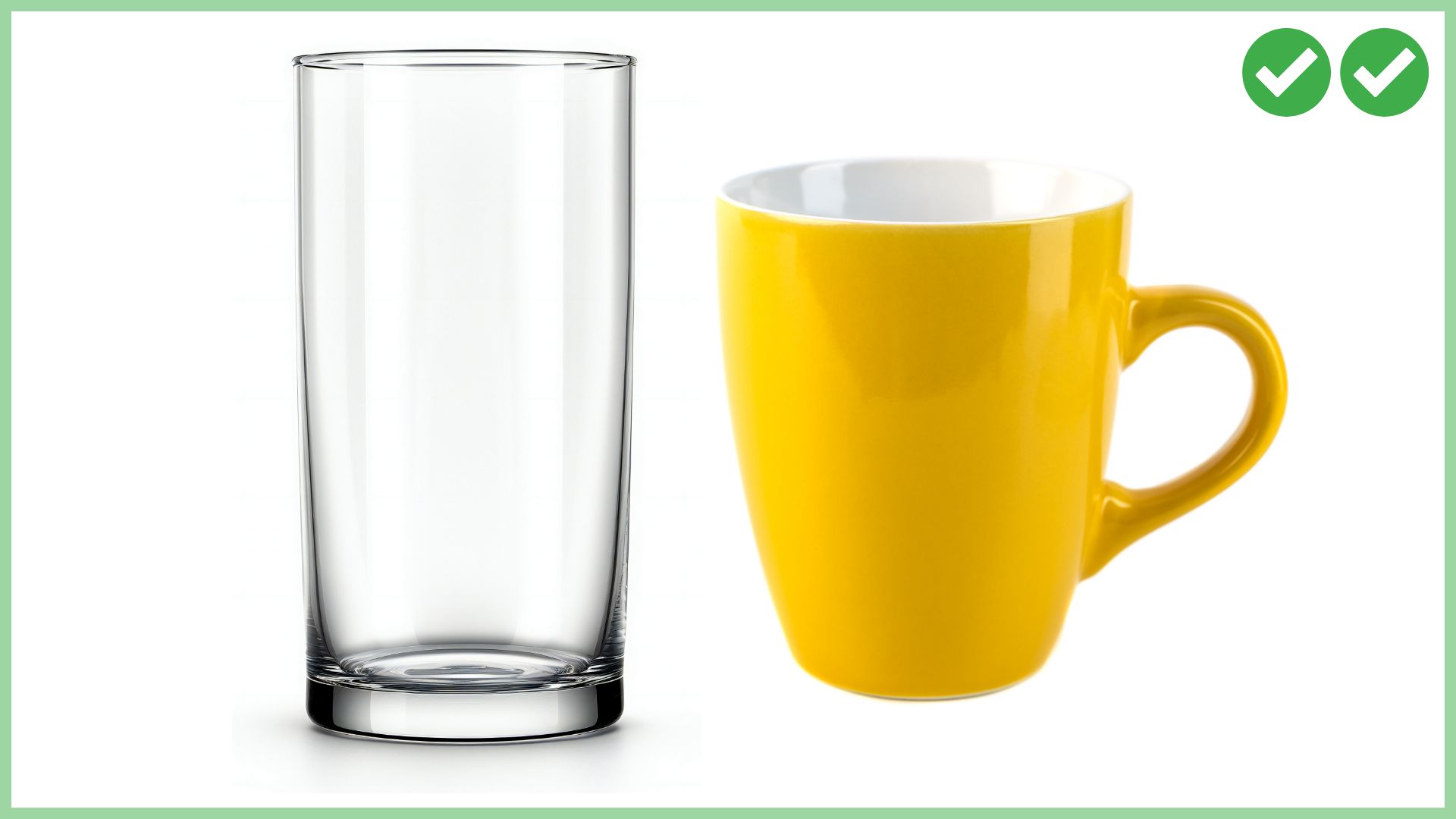
Best
- Reusable cups
- Reusable cup programs
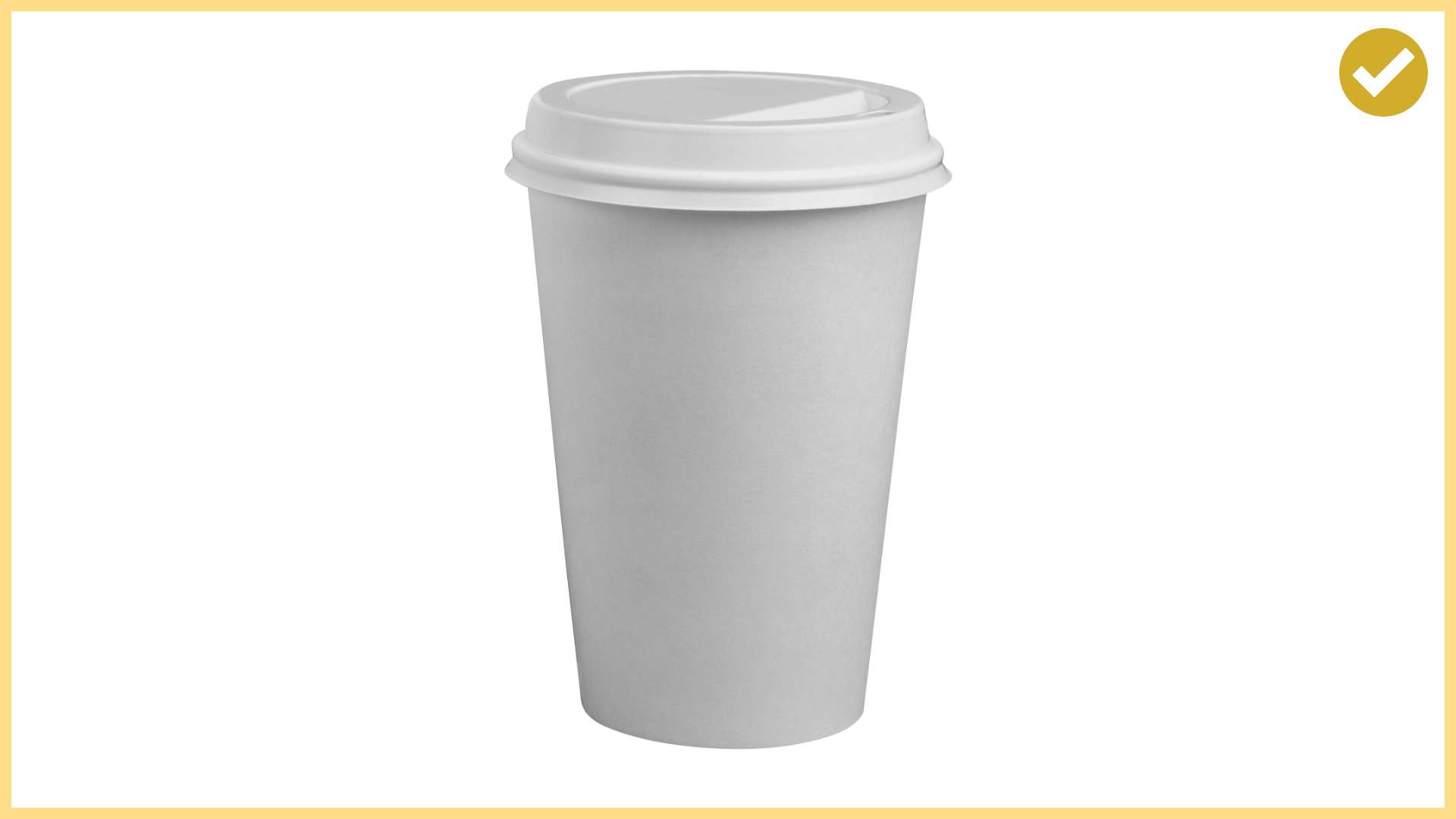
Acceptable
- Paper cups, including those lined with compostable or other permitted plastic. Plastic-lined paper packaging should be cleaned and recycled, not composted
- Cups and lids made from easily recyclable plastic, such as PET (#1), HDPE (#2) and PP (#5)
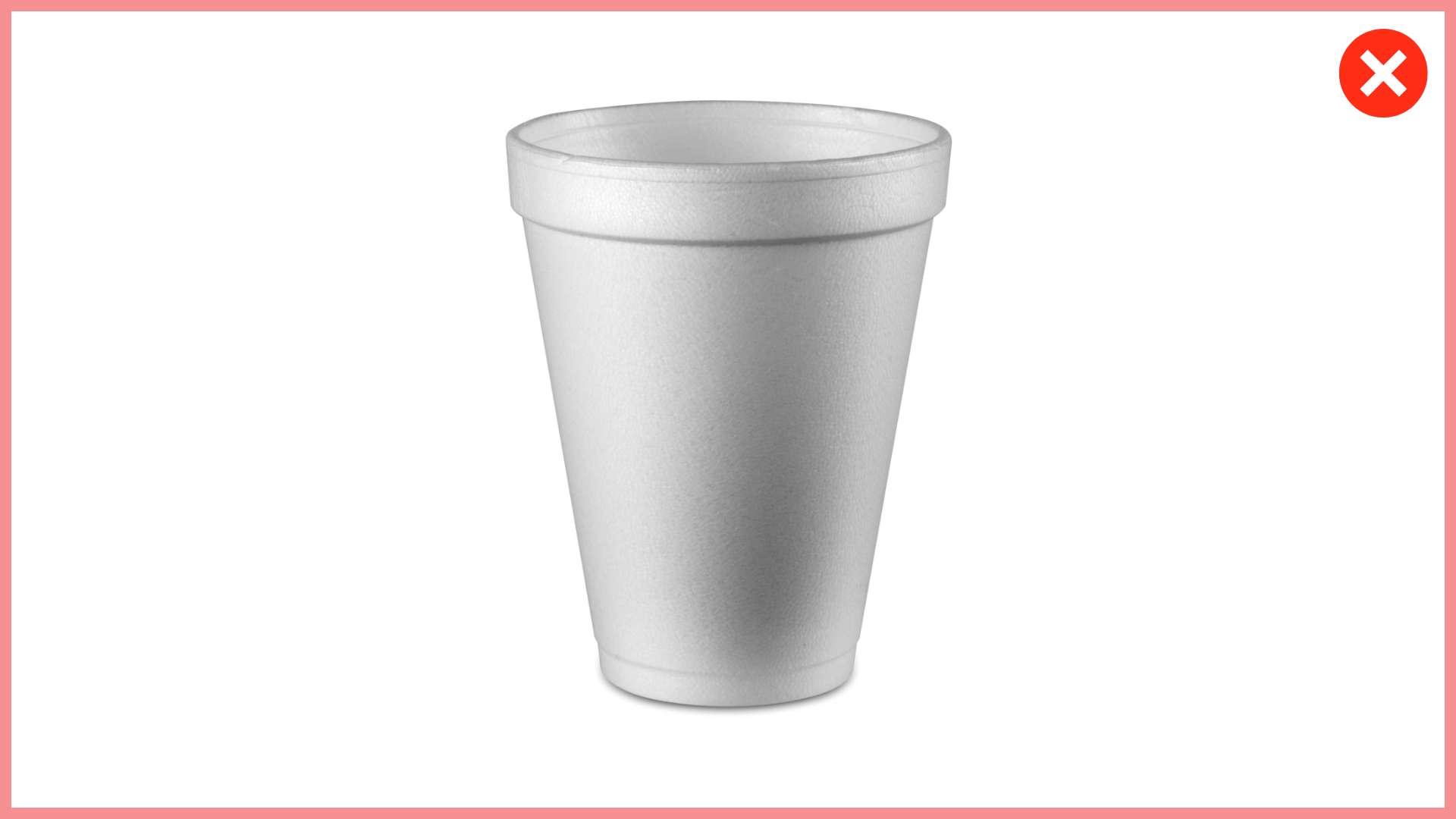
Avoid
- Polystyrene foam cups
- Hard-to-recycle plastic cups and lids, including those made with MFPP, compostable, biodegradable or oxo-degradable plastic
Food
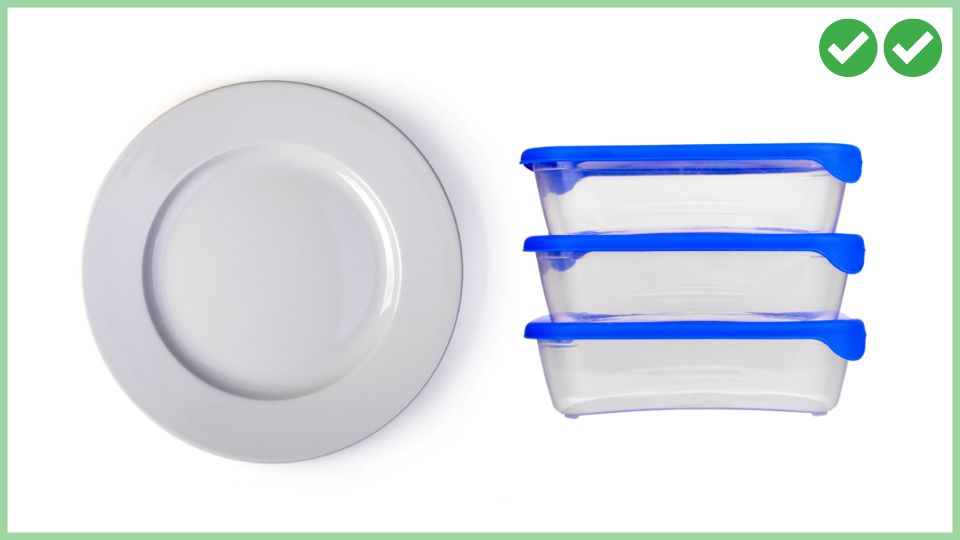
Best
- Reusable dishes for on-site dining
- Reusable container program
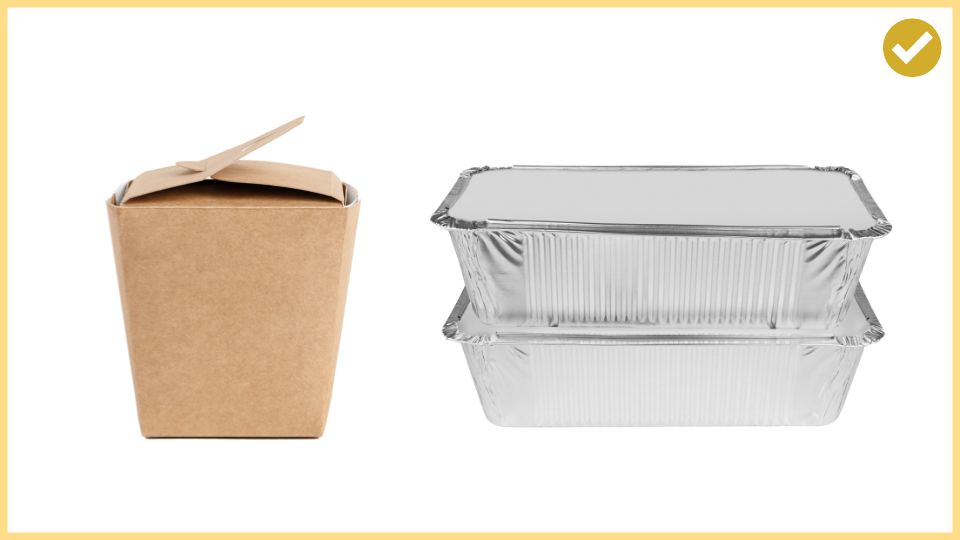
Acceptable
- Paper or plant-fibre containers, including those lined with compostable or other permitted plastic. Plastic-lined paper packaging should be cleaned and recycled, not composted
- Aluminium foil containers
- Containers made from easily recyclable plastic, such as PET (#1), HDPE (#2) and PP (#5)
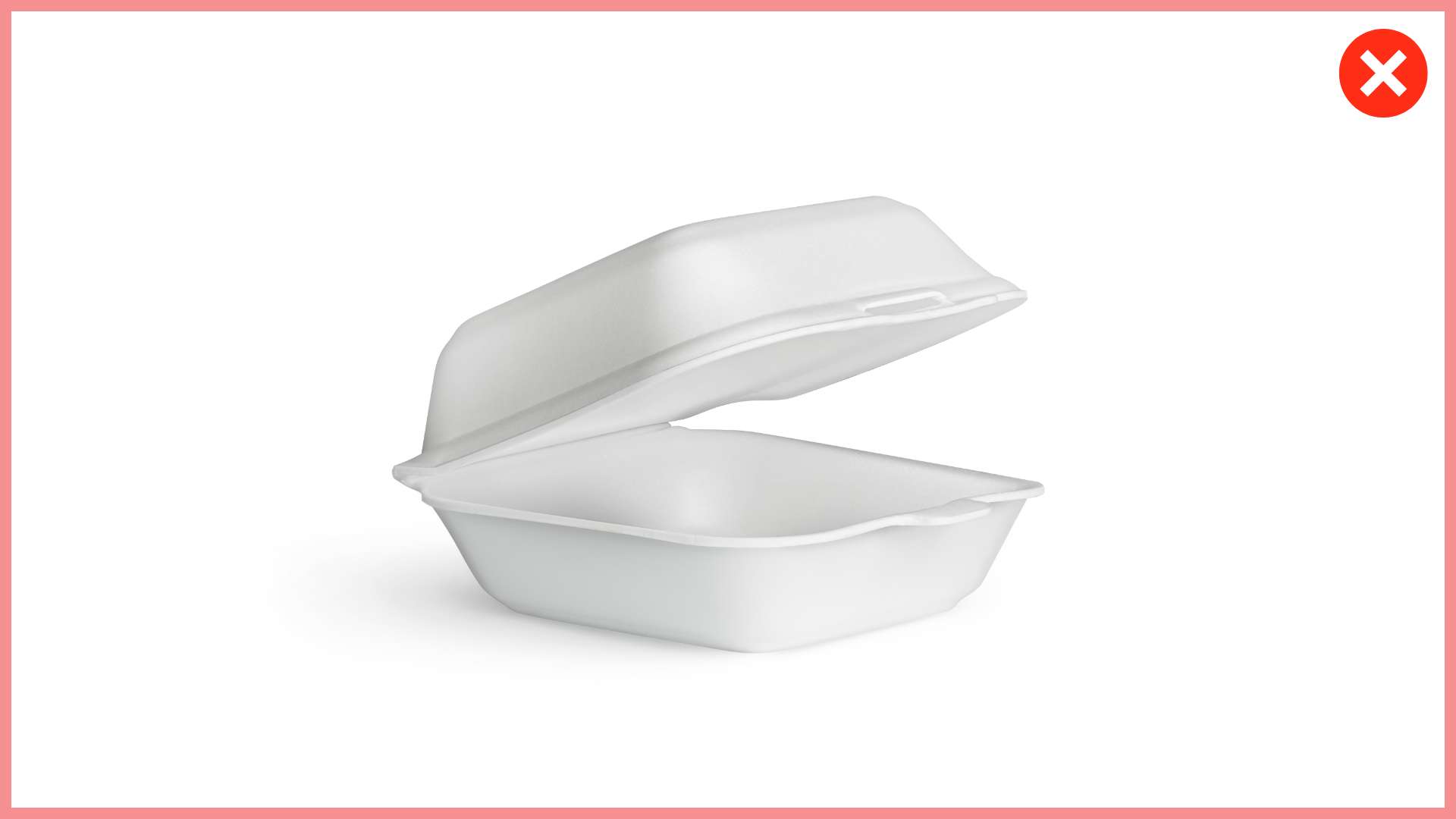
Avoid
- Polystyrene foam containers
- Hard-to-recycle plastic containers and lids, including those made with MFPP, compostable, biodegradable or oxo-degradable plastic
Utensils
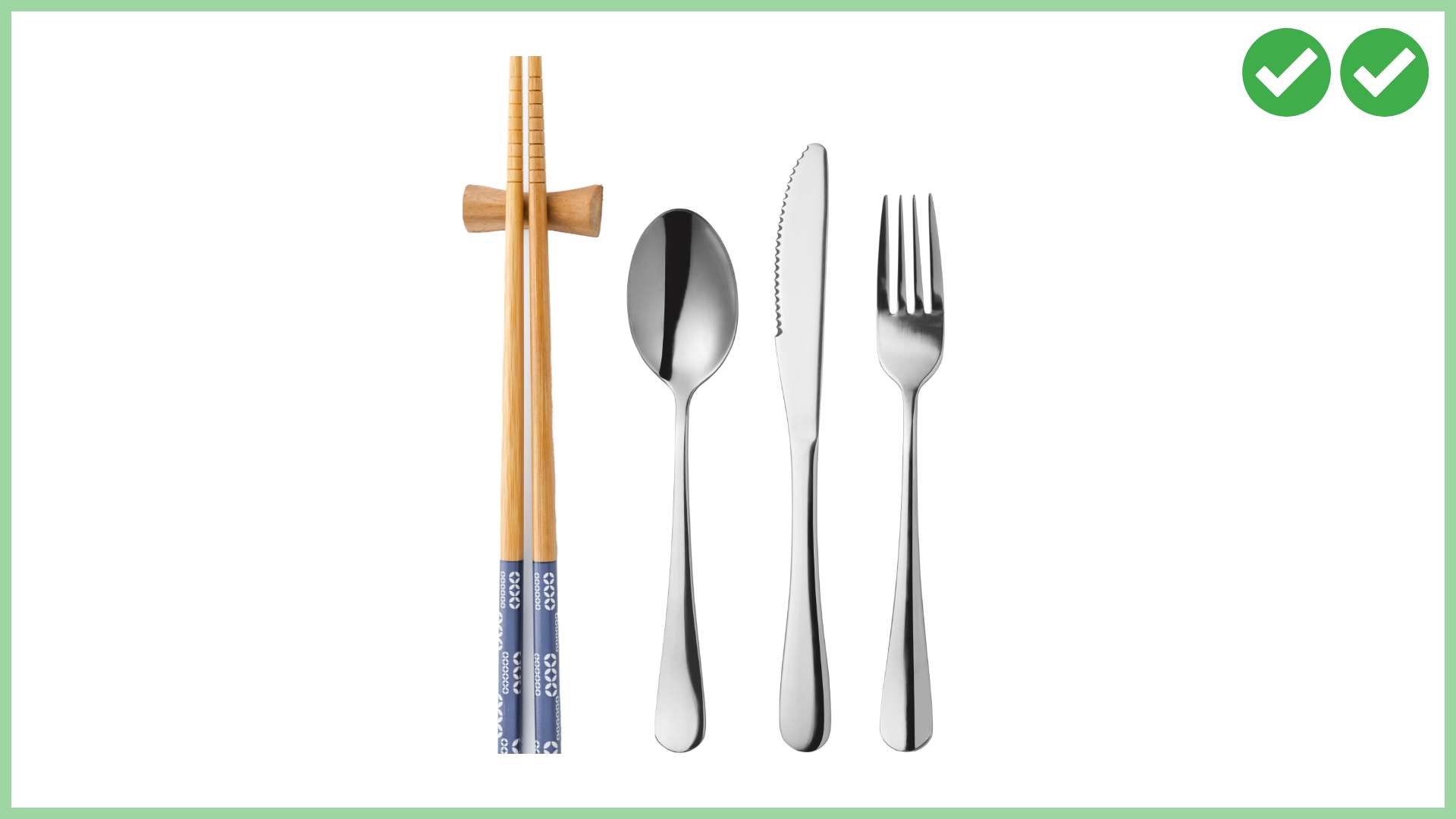
Best
- Reusable utensils for on-site dining including chopsticks
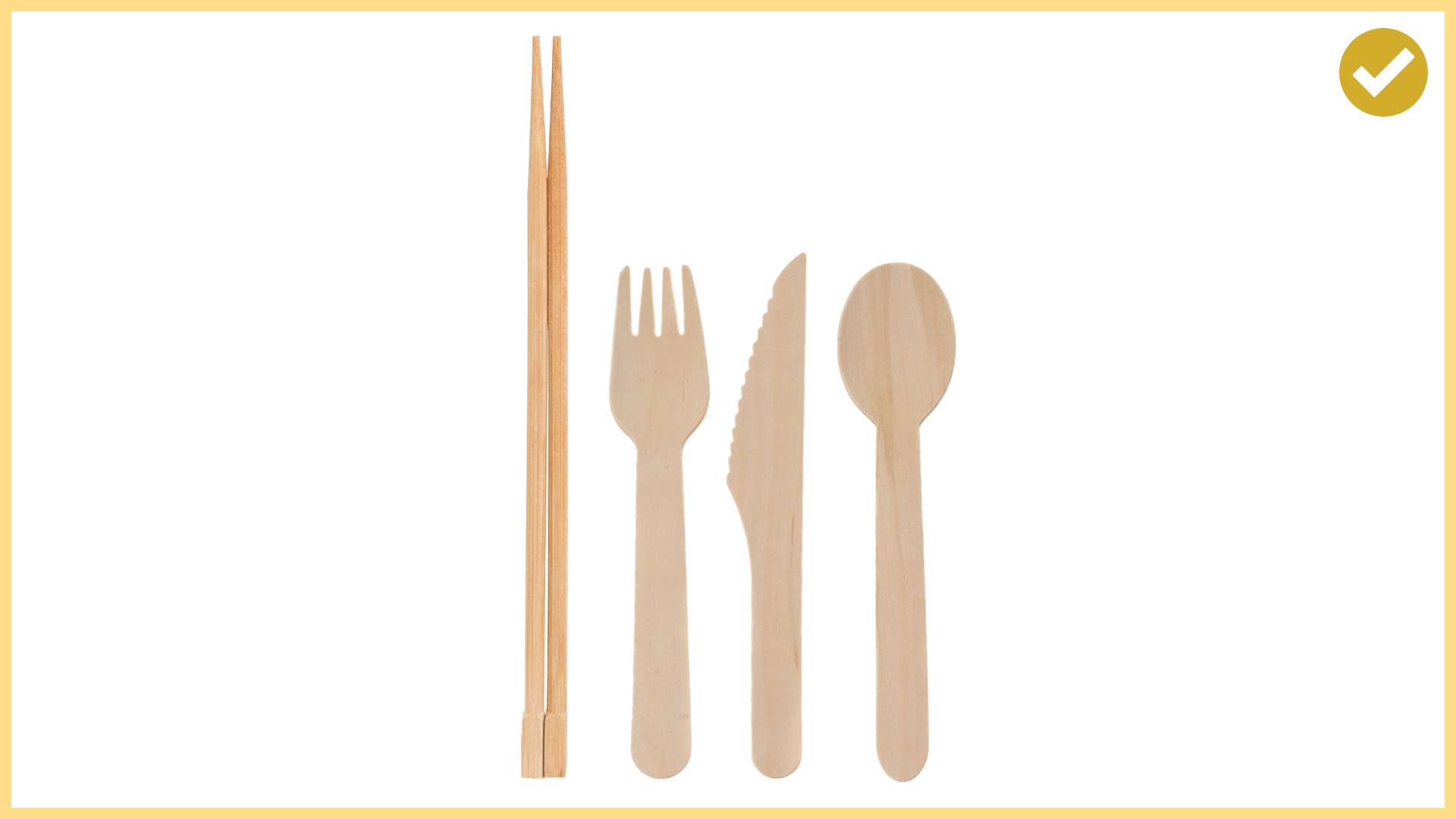
Acceptable
- Uncoated wood utensils, distributed only on request or at a self-serve station
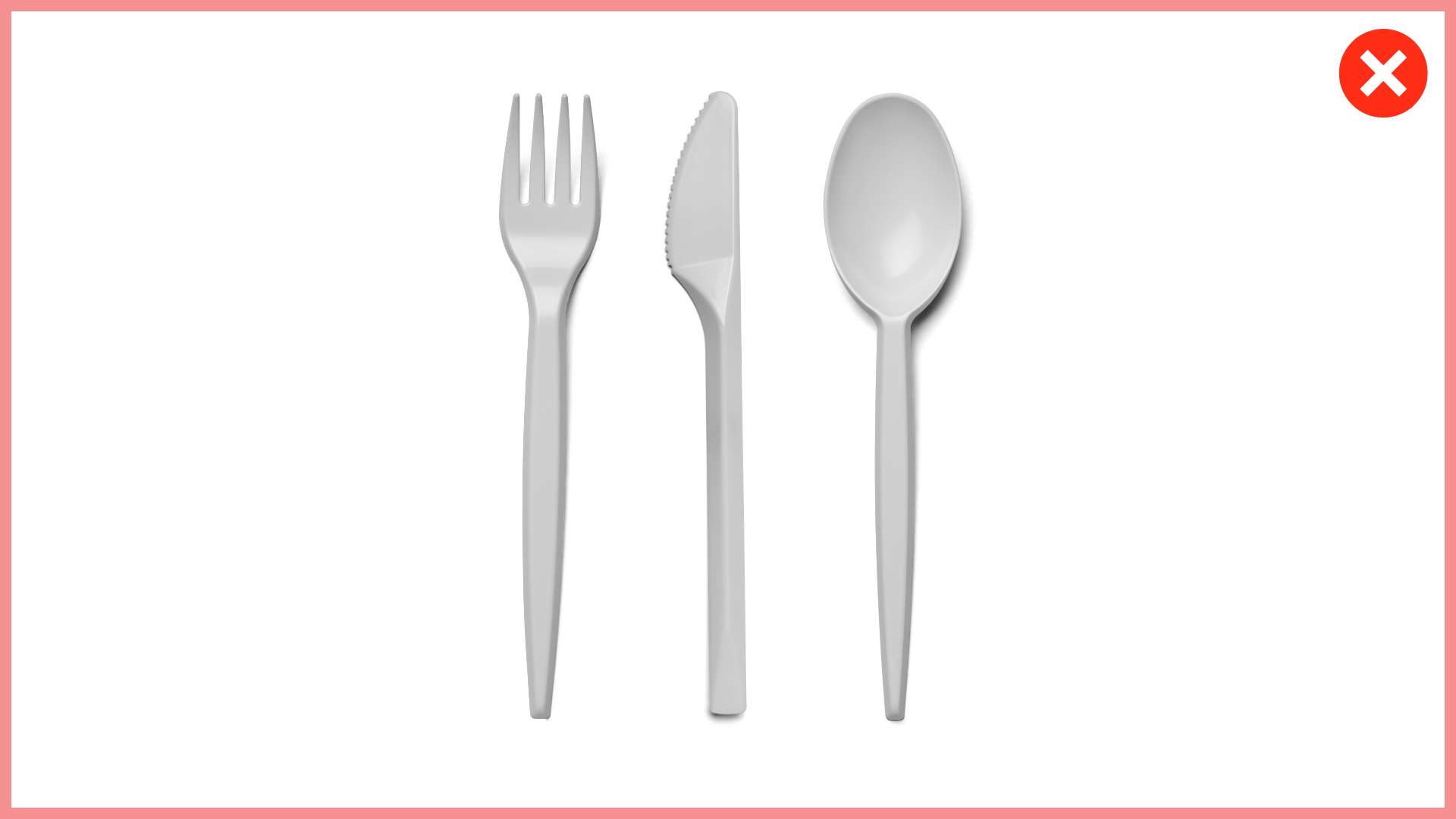
Avoid
- Plastic utensils, including those made with compostable, biodegradable or oxo-degradable plastic
Shopping bags
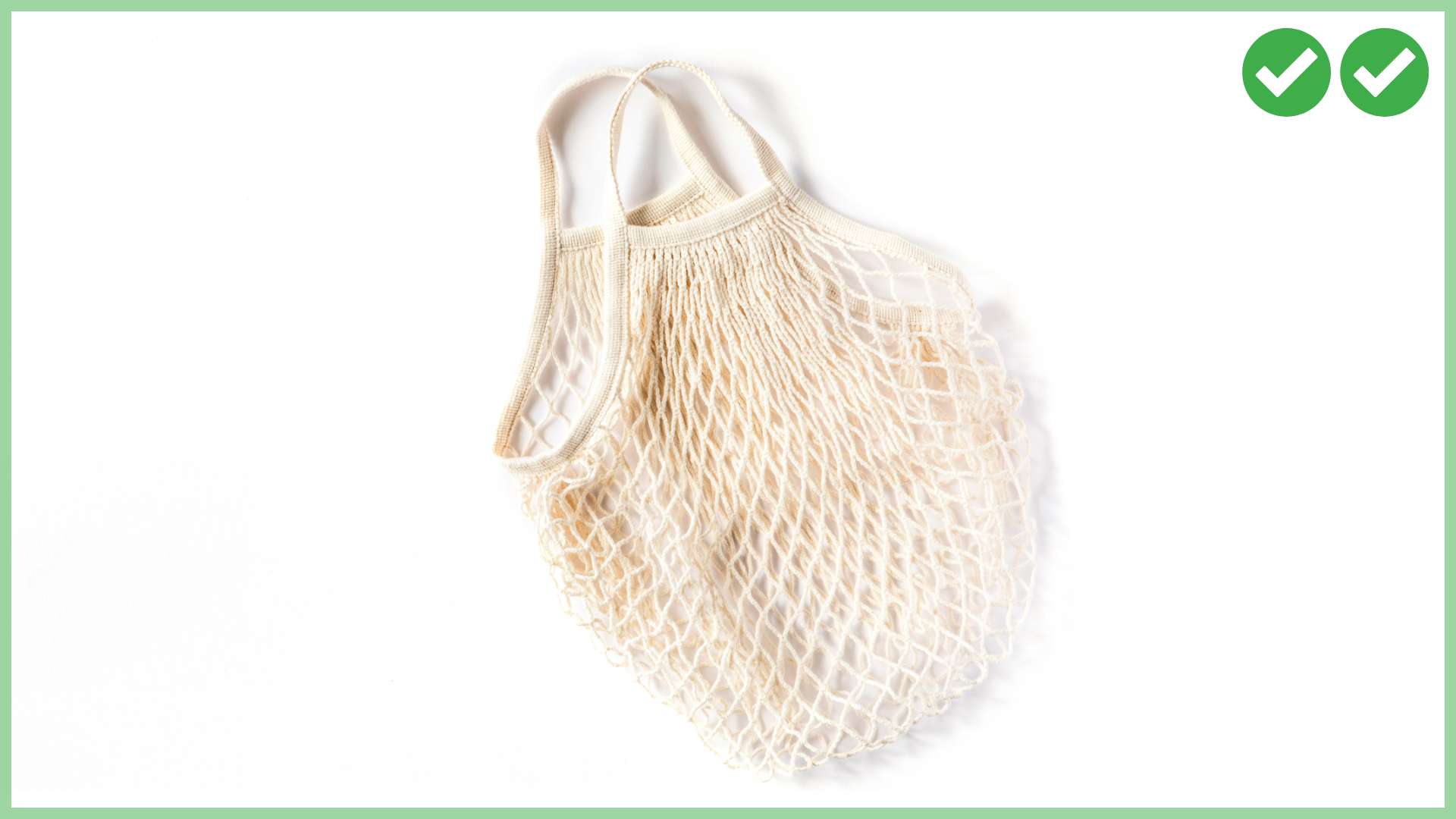
Best
- Reusable bags brought by customers
- Reusable bag program
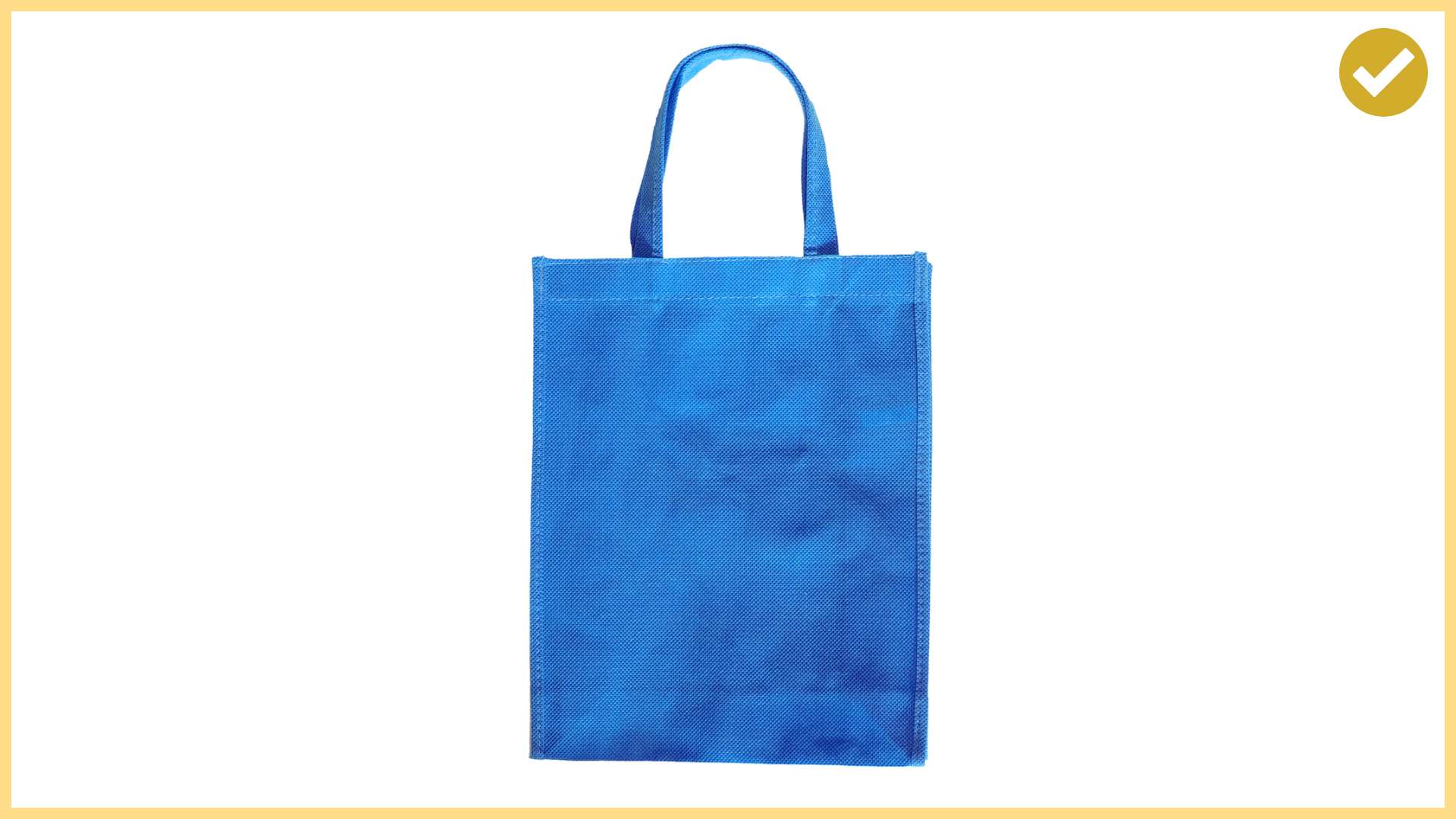
Acceptable
- Durable reusable bags on request for a minimum fee of $2
- Paper bags with at least 40% recycled content on on request for a fee or a minimum fee of $0.25
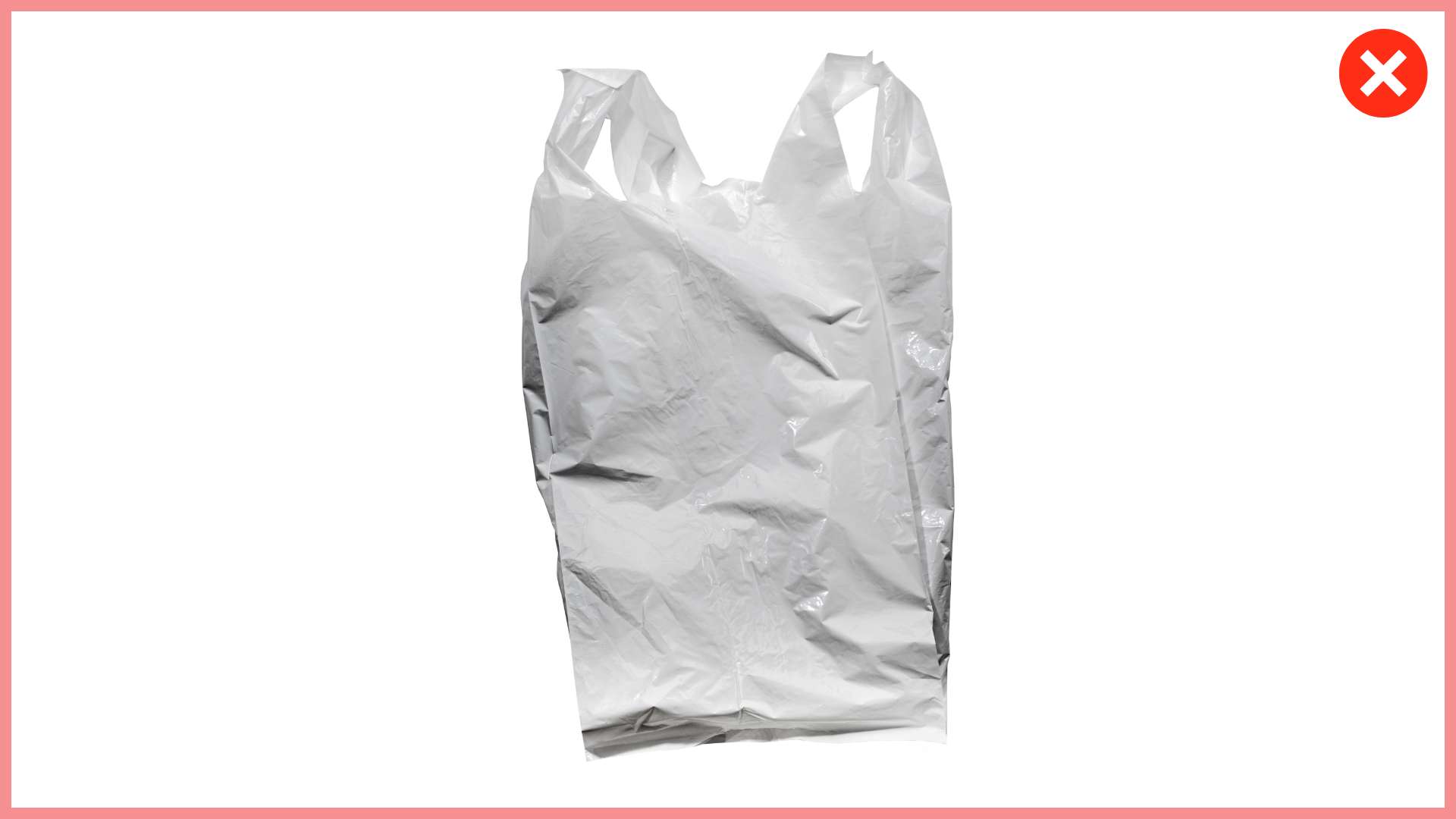
Avoid
- Plastic bags
Straws
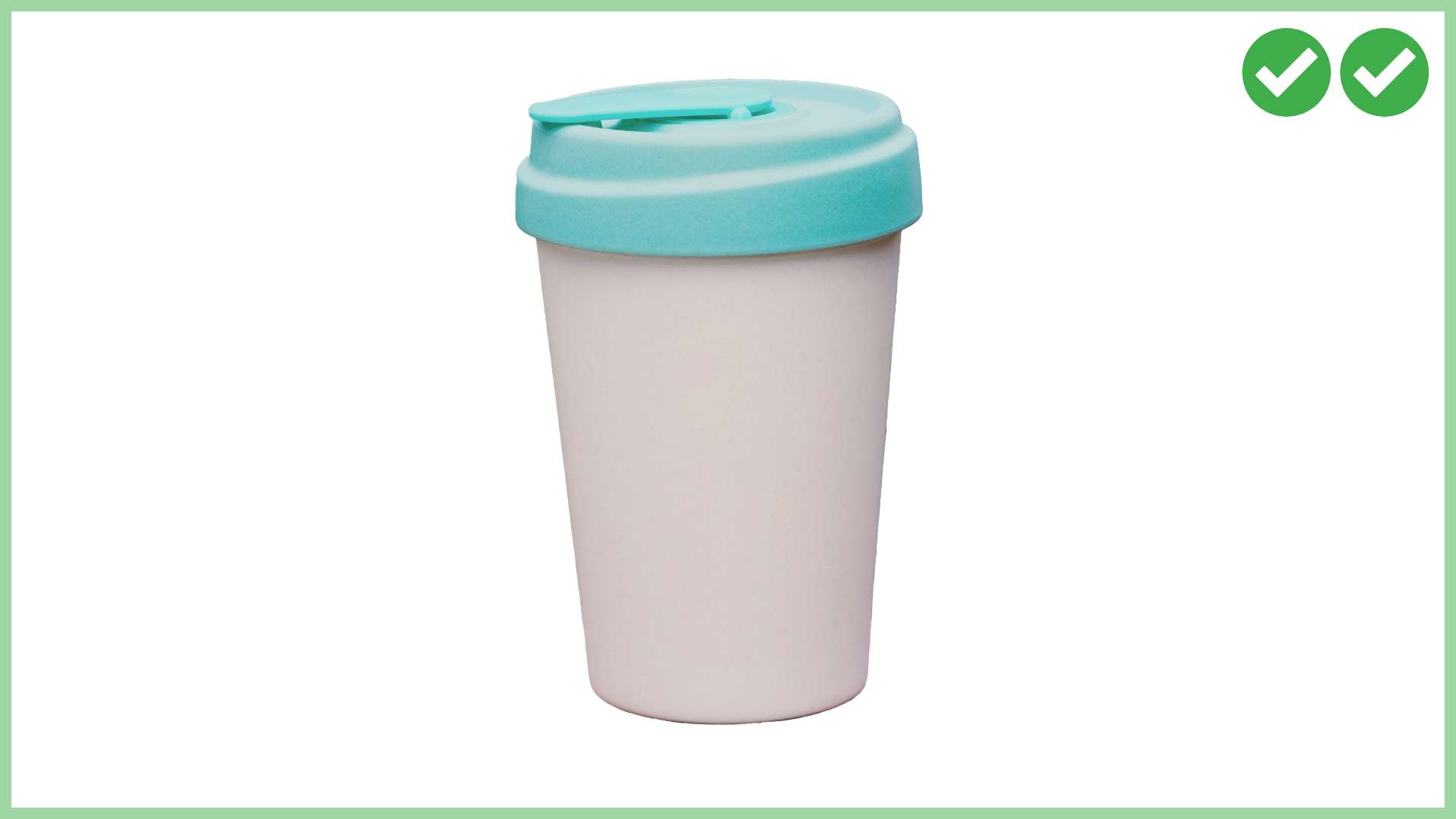
Best
- Cups that don't require straws
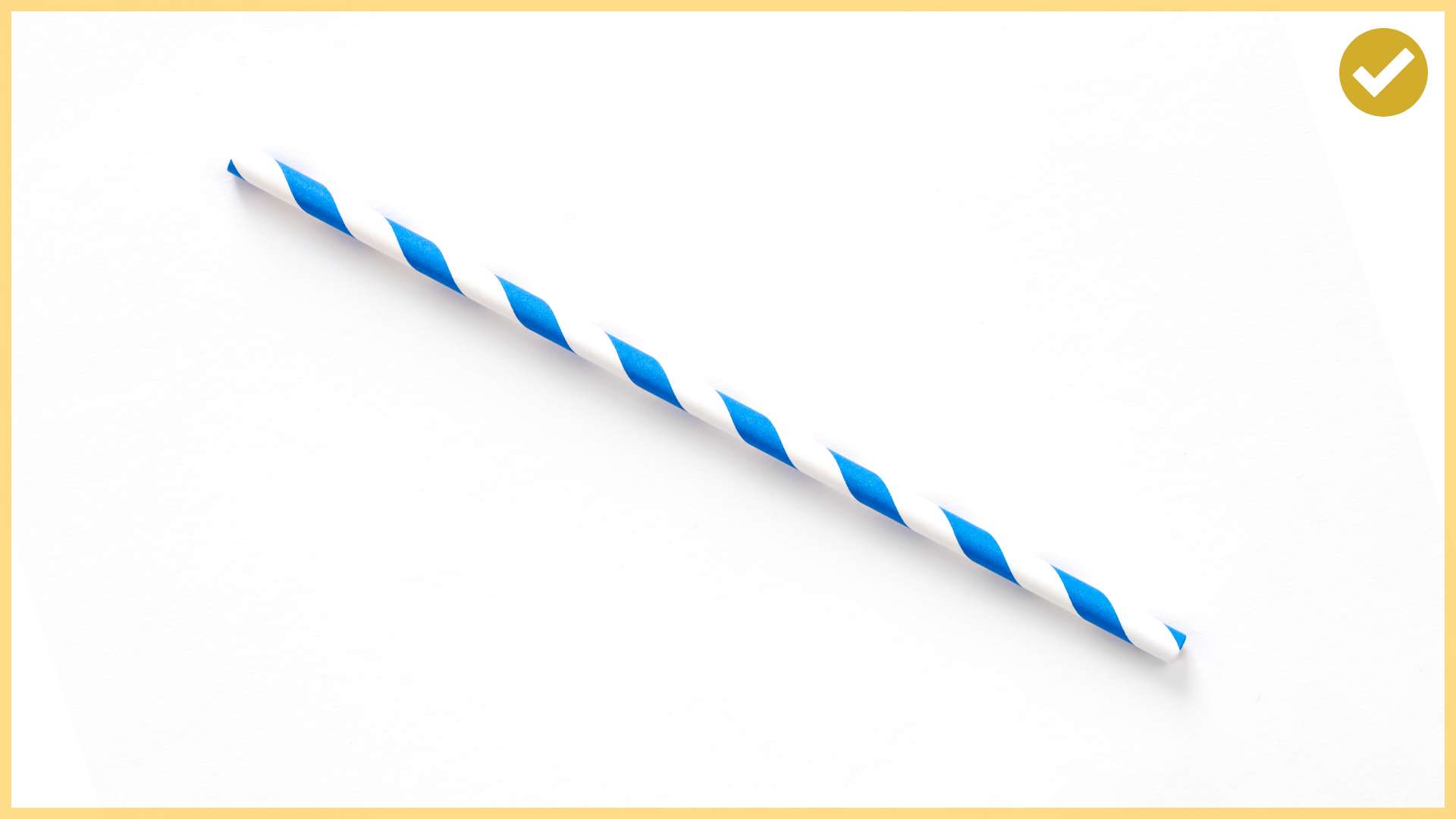
Acceptable
- Paper straws, distributed only on request or at a self-serve station
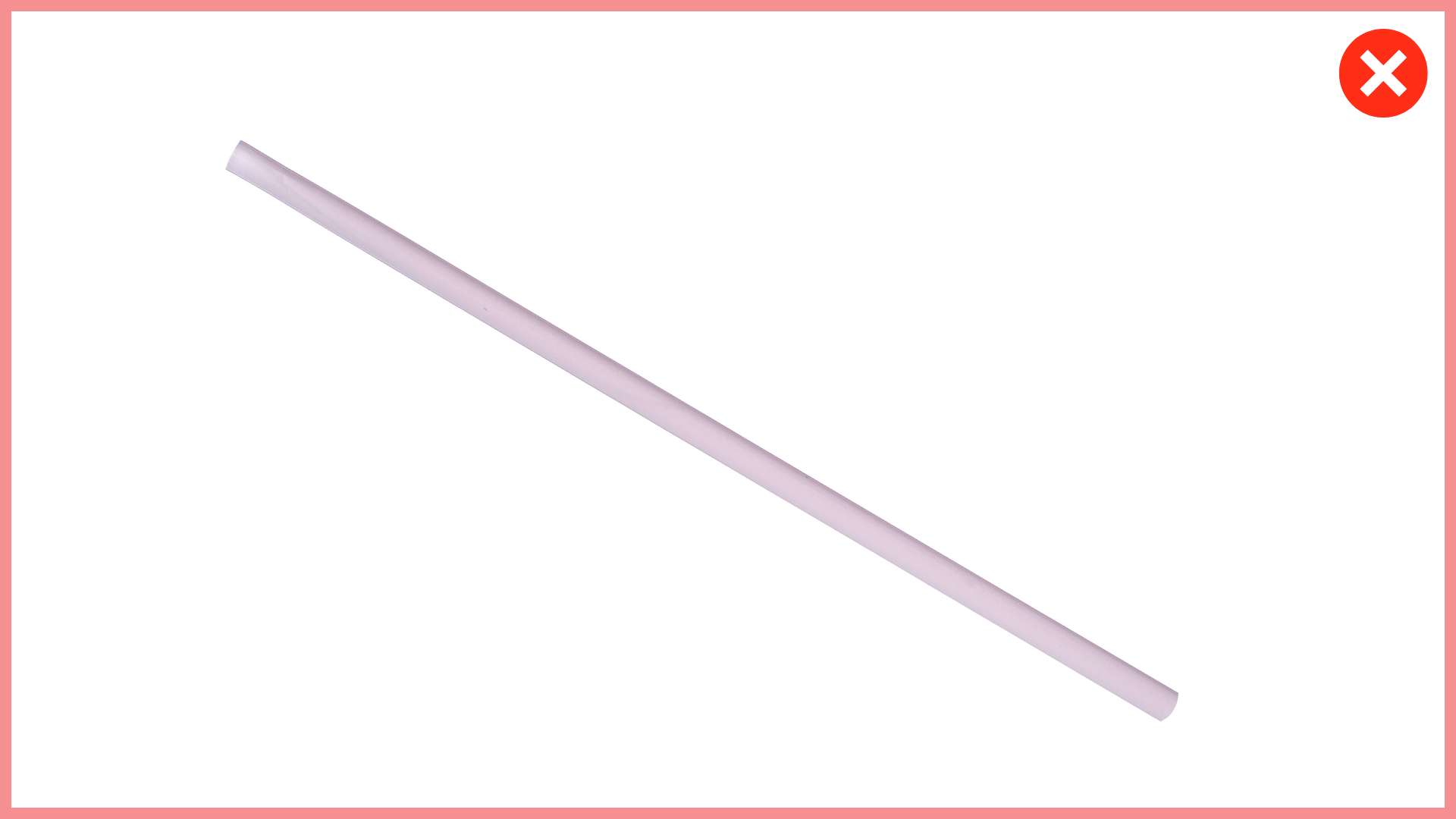
Avoid
- Plastic straws (unless needed for accessibility) including those made with compostable, biodegradable or oxo-degradable plastic
